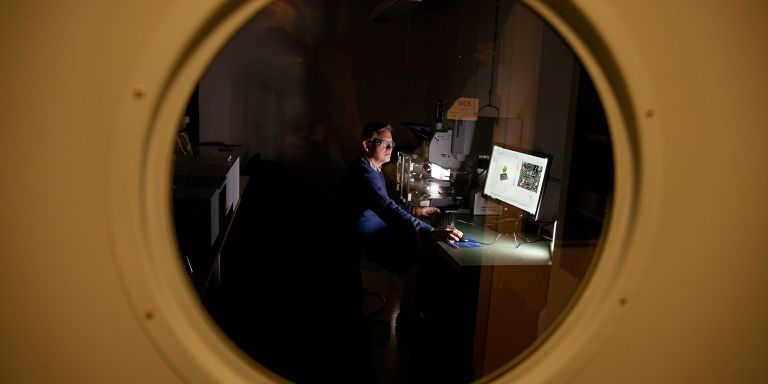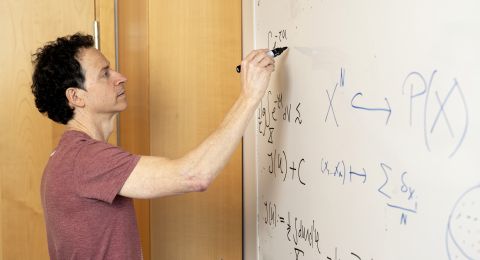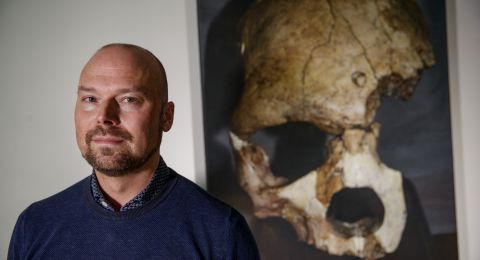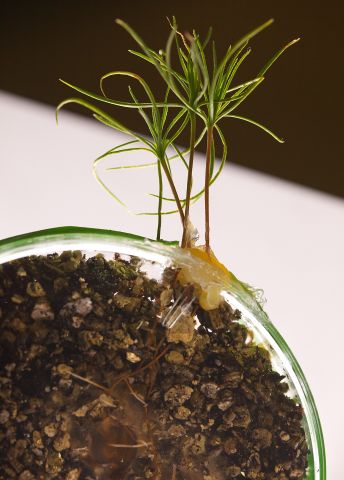
Project Grant 2013
Molecular interactions controlling soil carbon sequestration
Principal investigator:
Anders Tunlid, Professor of Microbiological Ecology
Co-investigators:
Per Bengtsson
Erland Båth
Emma Kritzberg
Per Persson
Carsten Peterson
Johannes Rousk
Carl Troein
Håkan Wallander
Institution:
Lund University
Grant in SEK:
SEK 35.1 million over five years
The uppermost layer of soil in a forest is called litter, and comprises twigs, branches and leaves that have fallen to the ground and begun to be broken down by fungi and bacteria. Decomposition is rapid at first, but then slows dramatically. Much of this layer remains lying in a fairly unchanged condition for a long time. Since all biological matter contains carbon, this means that large quantities of it are being stored in the ground. What stops decomposition, and what determines when it starts again? These are questions that researchers in Lund are attempting to answer with the help of funding from the Knut and Alice Wallenberg Foundation.
“This project constitutes basic scientific research in an area of great importance to society at large. For the sake of climate research it is important to find ways of measuring carbon in various ecosystems, and to make models for carbon sinks in the climate of the future,” says Anders Tunlid.
Anders is a Professor of Microbiological Ecology, and one of those leading the project studying the molecular processes at work when litter is broken down or stabilizes.
Old theory wrong
Biologists have long believed they knew why decomposition in the litter horizon tails off: “macromolecules” are formed. These are large molecules of humus, a brown, semi-decomposed mass of dead plant parts.
“This can be found in every single textbook, and it is based on studies in which material has been extracted from the soil with the help of sodium hydroxide,” Anders explains.
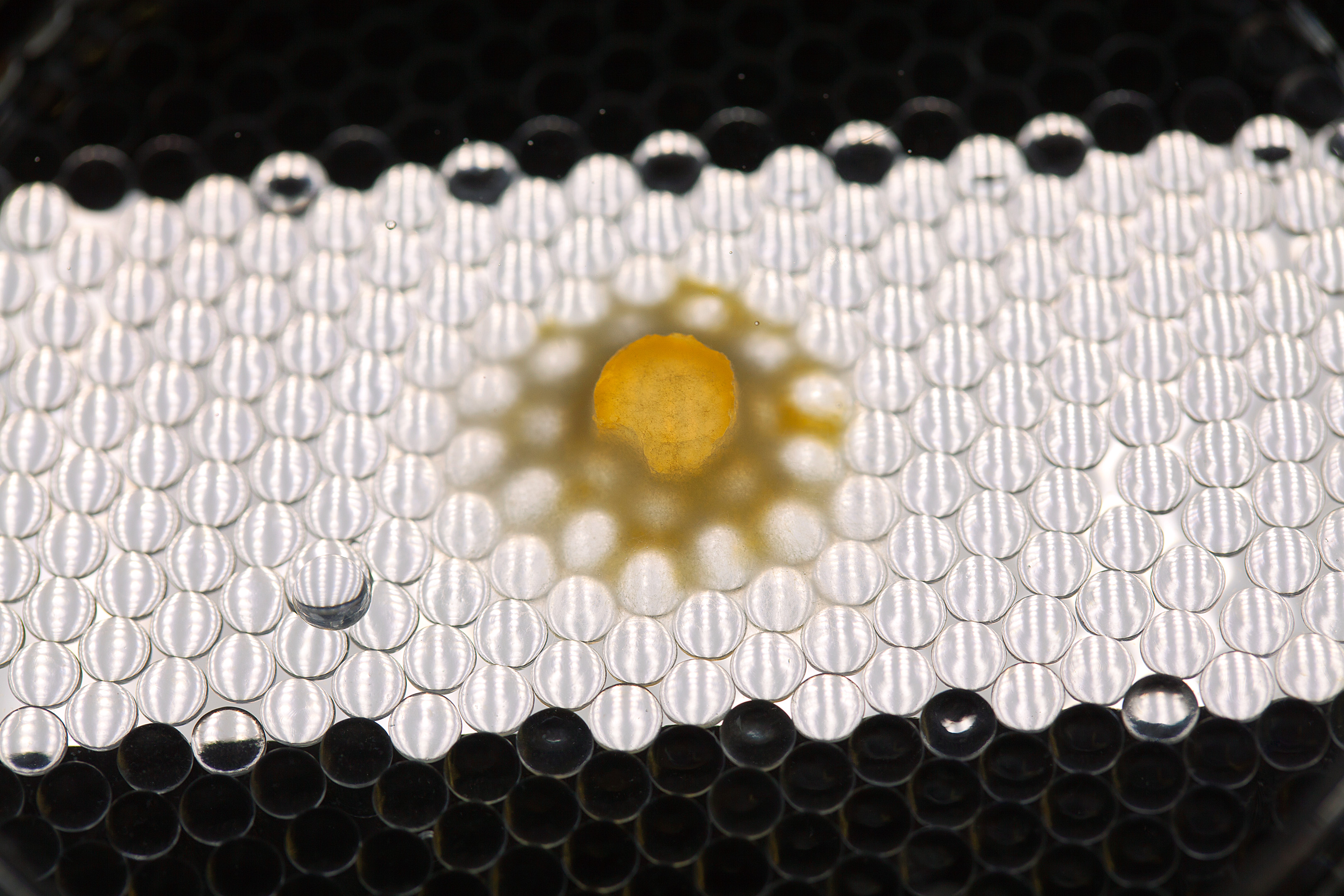
In recent years it has been possible to study samples in new ways, including by “synchrotron beam” and NMR – Nuclear Magnetic Resonance. This has turned the old theory on its head. The large, complex humus molecules seem to be the result of the extraction process, and are not found naturally in the soil. There does not appear to be any clear chemical difference between the soil samples taken where decomposition is in progress, and those where it has ceased.
A characteristic feature of the samples that are not broken down instead seems that different material has formed clumps of aggregate that have bound to minerals in the soil without forming new chemical compounds.
Research teams contribute diverse expertise
The researchers in Lund will be studying the aggregates and the binding surfaces in several ways, one of which is synchrotron beam imaging. Per Persson, the new Professor of Molecular Geochemistry at Lund University, is responsible for those analyses. Anders is an expert on fungal genetics, among other things, and knows which substances are created when fungi break down different material in the soil. Researchers are carrying out laboratory tests in which they add these substances to soil samples to study the effect. It is already known that the microorganisms can not only break down the material, but also stabilize it in various ways.
Also taking part in the project are physicists, who can analyze the large quantities of data from the studies, and systems biologists, with knowledge of genetic data. Nowadays data of this kind are used in cancer care, among other things, to predict tumor growth. It may be possible for similar methods to be used to read microorganism activity in soil samples, and predict how decomposition of organic matter will proceed.
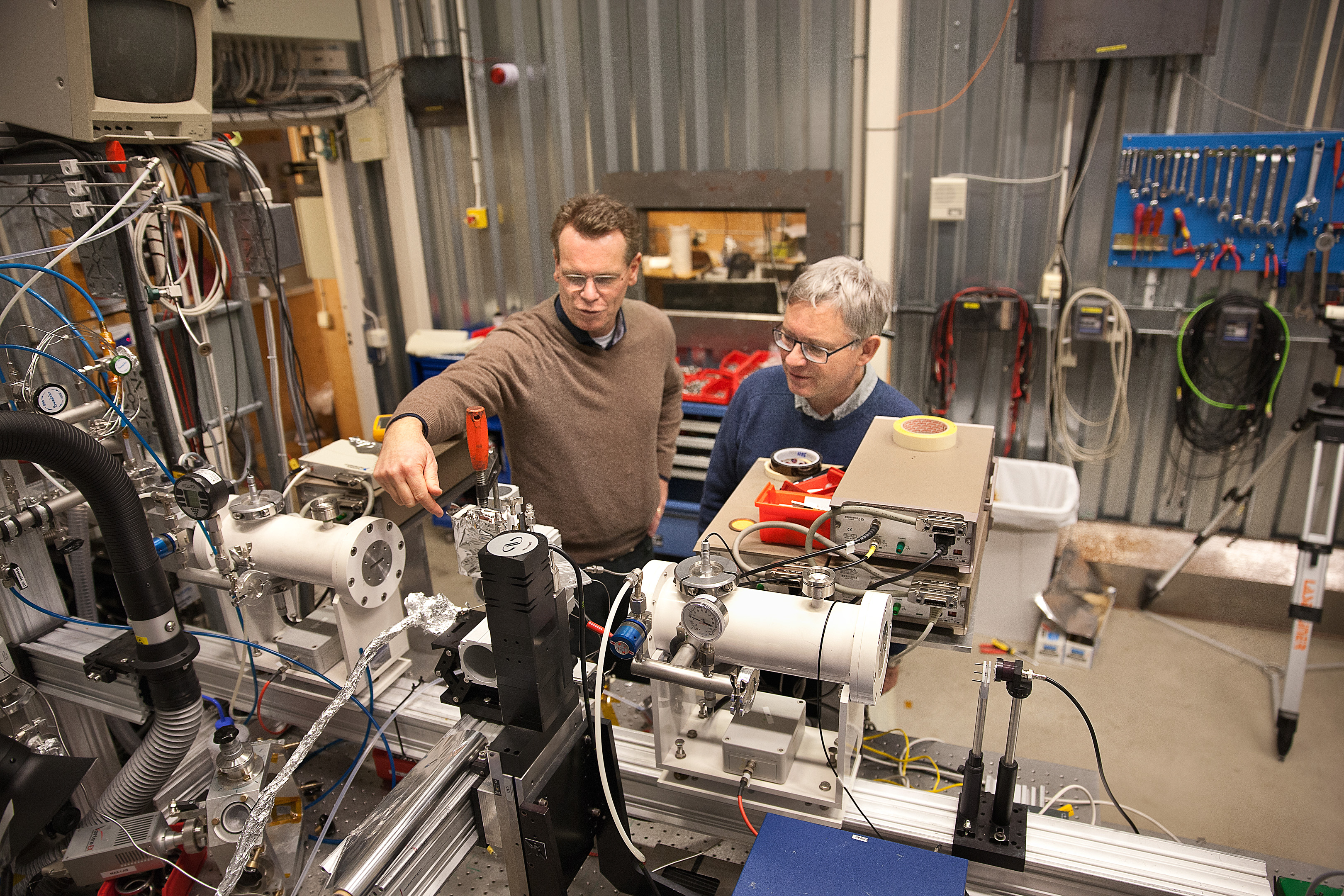
Biomarkers reveal the future
The aim is to interlink data on the microorganisms’ genes with information from the synchrotron beam imaging of the material to find “biomarkers” – measurable factors indicating how much carbon may be expected to be released. The markers may be found in the microorganisms, the humus or in both places.
“If we succeed, we will have achieved something truly momentous,” Anders says.
These days, planning various types of forest measures sometimes involves monitoring the quantity of carbon in the soil, but Anders points out that there is a huge difference between different kinds of carbon – carbon that is stable, and carbon that is in the process of being released. Not much research had been done in this area until a few years ago, and the monitoring methods are not particularly accurate. If the biomarkers become a reality, it will be possible to use them to predict what will happen when weather and climate change, and to change forestry practices.
“If we use fertilizers on forests, the trees grow more and we bind more carbon in the plant biomass. But if we want to influence carbon sequestration, it is not enough to calculate the biomass of trees. The quantity of carbon in the soil is much greater, so we need to know what happens there too. Is more carbon sequestered, or are we instead stimulating decomposition, thereby releasing carbon? There are many experiments to be carried out once it is possible to measure this.”
Text Lisa Kirsebom
Translation Maxwell Arding
Photo Magnus Bergström
